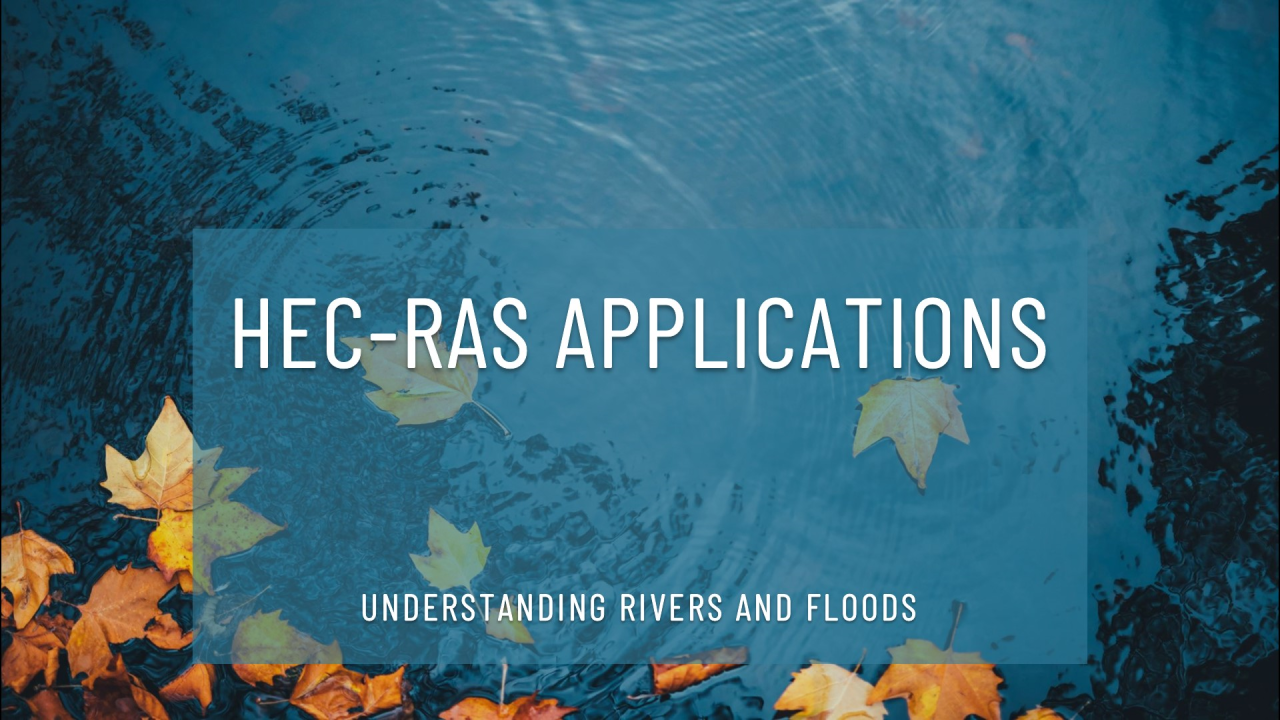HEC-RAS (Hydrologic Engineering Center's River Analysis System) is a powerful software used for hydraulic modeling and floodplain analysis. It allows engineers and scientists to simulate how water flows through rivers and streams, and how it interacts with the surrounding floodplain. This information is crucial for a variety of purposes, including:
- Floodplain Mapping: By modeling different flood scenarios, HEC-RAS can help identify areas at risk of flooding. This information is essential for flood plain management and development planning.
- Bridge and Culvert Design: HEC-RAS can be used to assess the hydraulic impact of bridges and culverts on water flow. This information is used to ensure the safe and efficient design of these structures.
- River Restoration Projects: HEC-RAS can be used to model the effects of river restoration projects on water flow and sediment transport. This information helps engineers design projects that improve the health of rivers while minimizing negative impacts.
Here's a breakdown of the process of hydraulic modeling and floodplain analysis with HEC-RAS:
Data Collection and Preparation
- Geometric Data: This includes information about the river channel geometry, floodplain topography, and any structures present (bridges, culverts, etc.). This data is often obtained from digital elevation models (DEMs) or field surveys.
- Hydraulic Data: This includes information about water flow rates, such as streamflow data or rainfall data.
Model Development
- The collected data is used to build a hydraulic model of the river system within HEC-RAS. This model includes a representation of the river channel, floodplain, and any structures.
- The model is then discretized into a series of cross-sections, which are essentially slices perpendicular to the flow direction.
Model Calibration and Validation
- The model is calibrated by comparing its outputs (such as water levels) to observed data. This helps to ensure that the model is accurately representing the real world.
- Once calibrated, the model is validated by simulating a different set of observed data. This helps to verify the model's ability to predict future events.
Floodplain Analysis
- Once the model is calibrated and validated, it can be used to simulate different flood scenarios. This involves running the model with different input flow rates to see how the water level and velocity would change.
- The results of the model simulations are used to create flood inundation maps, which show the areas that would be flooded under different flood scenarios.
HEC-RAS Capabilities
- HEC-RAS offers both one-dimensional (1D) and two-dimensional (2D) modeling capabilities.
- 1D models are computationally simpler and faster to run, but they may not be accurate for complex river systems.
- 2D models are more complex and computationally expensive, but they can provide a more accurate representation of water flow, especially in areas with overbanks and complex geometries.
Overall, HEC-RAS is a valuable tool for hydraulic modeling and floodplain analysis. It is used by engineers and scientists around the world to help us better understand and manage our rivers.
.svg)
.svg)
